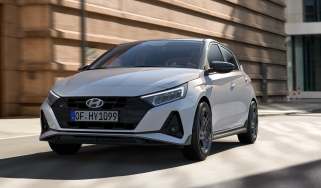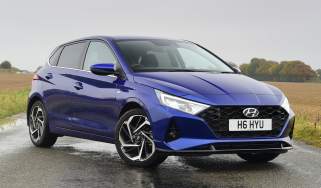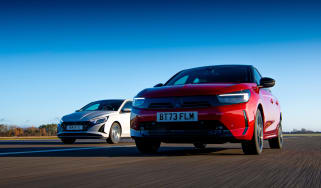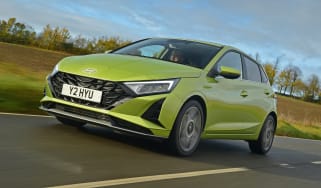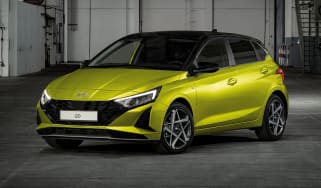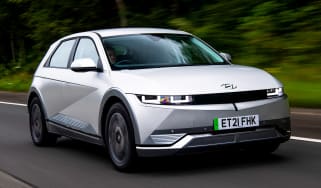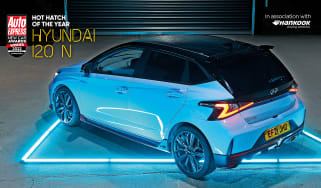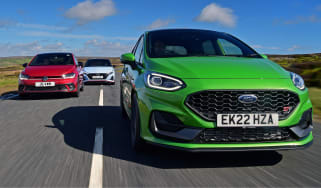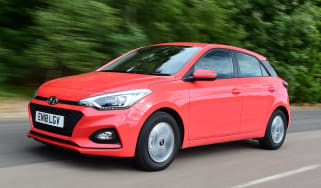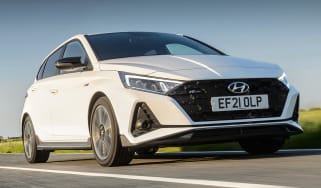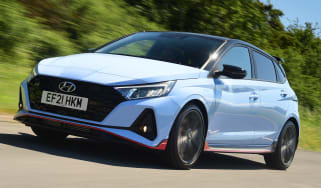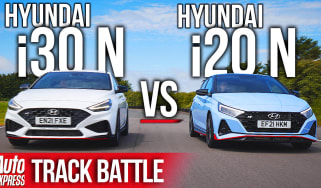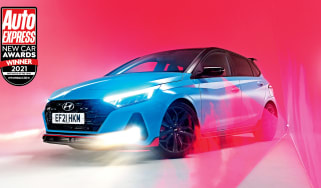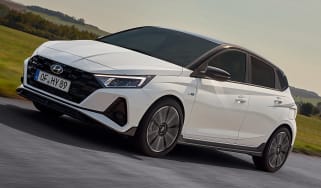Hyundai i20 review: a well-equipped small car with a roomy interior
It's not flawless, but the latest Hyundai i20 is the firm’s most competitive entrant into the supermini market yet

The Hyundai i20 delivers an entertaining chassis, sweet-spinning three-cylinder engine, impressive practicality, and a high level of standard equipment. Add a strong warranty and affordable finance rates, and it looks like a compelling package.
It’s not perfect, though. The interior is let down by mixed material quality, it has a firm low-speed ride on its larger wheels, and the limited engine range might not suit all. For those reasons, we still think the Renault Clio is a better all-rounder, but the i20 is closer to the top of the class than ever before.
About the Hyundai i20
The steady march of progress continues at Hyundai, and the latest i20 is one of the best demonstrations so far of this gradual improvement – it’s the most complete i20 yet, and the closest Hyundai has got to building a supermini capable of taking on the class-leading Renault Clio, Skoda Fabia and Volkswagen Polo.
While based on the same platform as its predecessor, Hyundai has developed the car in every area. You won’t fail to notice the sharper new styling, particularly the slash-cut flanks which ape the SEAT Ibiza. All versions now come with modern LED headlights that help freshen the look; there’s a new grille, and the Hyundai badge has moved to a more prominent position near the bonnet's leading edge.
There have been similar advancements inside, with a more modern design and the notable application of a dual-screen set-up not dissimilar to that used in the Mercedes A-Class. Offering a fully digital instrument cluster is impressive in this class, adding a high-tech feel. Unfortunately, that doesn’t quite stretch to the interior materials, which lag behind some rivals.
More reviews
Car group tests
- Vauxhall Corsa vs Hyundai i20: supermini titans go head-to-head
- Ford Fiesta ST vs Volkswagen Polo GTI vs Hyundai i20 N: 2022 group test review
- Volkswagen Polo vs SEAT Ibiza vs Hyundai i20: 2021 group test review
Road tests
- New Hyundai i20 facelift 2023 review: subtle updates for an already stylish supermini
- New Hyundai i20 N Line 2022 review
- New Hyundai i20 N 2021 review
Used car tests
Trim levels consist of Advance, Premium, and the top-of-the-range Ultimate. The pre-facelift i20 introduced us to the highly regarded 201bhp i20 N hot hatch, but there’s no word yet if this model will also receive the new look. For now, we’re currently without a hot version of the latest i20.
The facelift has left the range with just a single engine choice: a 99bhp turbocharged, 1.0-litre, three-cylinder petrol, while mild-hybrid technology is also missing, which seems an odd choice to us given such technology is in use with the i20’s Peugeot 208 and Vauxhall Corsa rivals. There are a growing number of full-hybrid alternatives, too, such as the Honda Jazz, Clio E-Tech, and Toyota Yaris that boast impressive fuel efficiency. Thankfully, there remains a choice of a six-speed manual or a seven-speed dual-clutch automatic version in the i20 lineup.
With plenty of interior space, one of the larger boots in the class, and manageable exterior dimensions that make it easier to park, the i20 retains the practicality of its predecessors. With some good finance offers also available, the i20 should be on your shortlist if you want a new supermini.
Used and nearly new
The Hyundai i20 dates back to 2009 when the first-gen version arrived to replace the Getz supermini. As it’s evolved, the i20 has moved further away from the bargain-oriented roots of the original, though all of the car’s generations provide good value and offer decent equipment levels and practicality given their respective ages. Reliability is a plus point across all Hyundai i20 generations, too, and owners of younger examples should still have some of Hyundai’s five-year manufacturer warranty to fall back if needed.
Hyundai i20 history
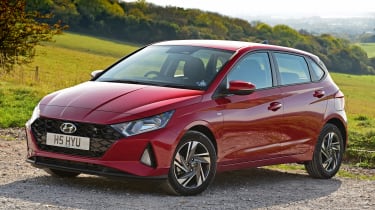
Hyundai i20 Mk3: 2020-present
The Mk3 Hyundai i20 arrived in 2020, and it marked a big shift in the character of the car – no longer was it a dirt-cheap bargain, because prices were now on par with many of its main rivals. There were plenty more changes, too: the Mk3 was much more fun to drive and striking to look at than previous versions. Not every trait of the older i20 generations was thrown out on the third-gen car, though – equipment levels and practicality across the board were good, and pre-facelift cars came with a selection of peppy petrol engines – with the hot i20 N being a particular highlight.
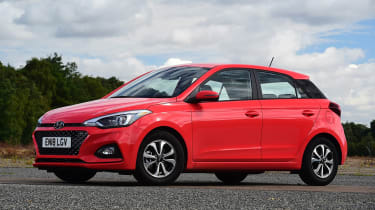
Hyundai i20 Mk2: 2015-2020
While not as big a leap forward as its predecessor, the Hyundai i20 Mk2 was nevertheless handily better in several areas than the Mk1 model. Practicality improved a bit, and the car was much more stylish – especially if you ignored the five-door version and went for the sportier three-door i20 Coupe instead. Like the old car, the i20 Mk2 was also well equipped and represented good value compared to some of its rivals. Read our full Mk2 Hyundai i20 buyer’s guide here…
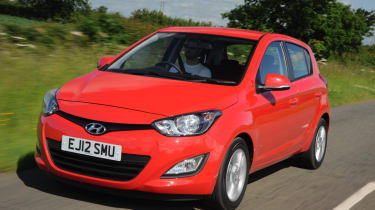
Hyundai i20 Mk1: 2008-2014
The Mk1 Hyundai i20 arrived in 2008, and was a big improvement over the Hyundai Getz supermini that preceded it. Practicality was good for such a small car, and the combination of competitive pricing and impressive equipment levels made the i20 Mk1 a tempting value-oriented alternative to other superminis like the Vauxhall Corsa, Toyota Yaris and Ford Fiesta. A choice of petrol and diesel engines were available, and the Hyundai i20 Mk1 only came in a versatile five-door hatchback form.
For an alternative guide to the Hyundai i20, visit our sister site carbuyer.co.uk...






